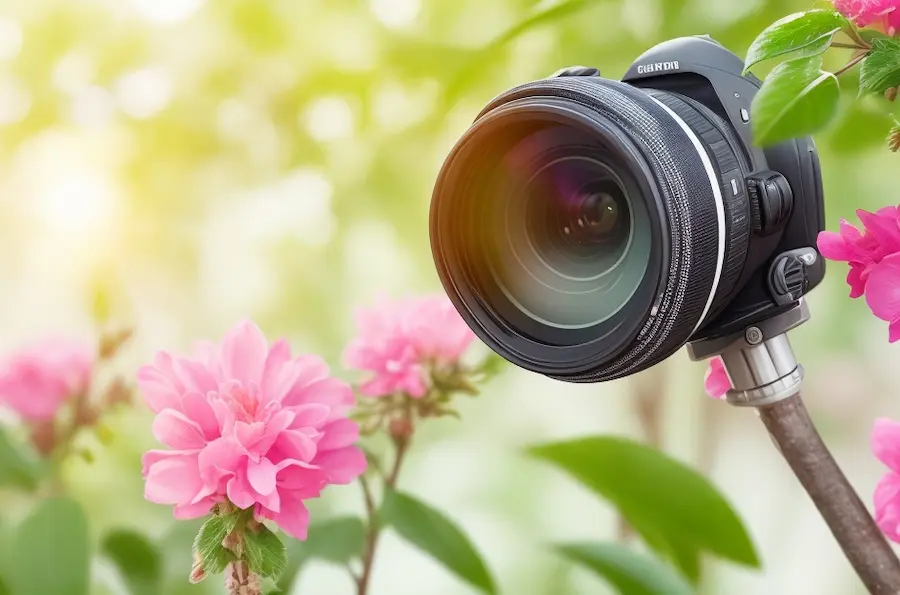Introduction: Embracing the Visual Era
Gone are the days when text-based content ruled the digital landscape. Today, we’re witnessing an era where images speak louder than words. As a business or content creator, it’s crucial to understand the power of visual search optimization. This article delves into the essence of image SEO and provides actionable tips to enhance your visual content’s searchability.
Understanding Visual Search Optimization
The Essence of Image SEO Visual search optimization is the art of making your images more discoverable and appealing to search engines. It involves tactics that help your images rank higher in search results, thereby driving more traffic to your website. But why is this important? With the rise of platforms like Pinterest and Instagram, along with advancements in AI and machine learning, visual searches are becoming increasingly popular.
The Impact on User Experience Optimizing images isn’t just about pleasing search engines; it’s also about enhancing user experience. High-quality, relevant images can significantly improve engagement, reduce bounce rates, and encourage users to spend more time on your site. This, in turn, sends positive signals to search engines, further boosting your site’s SEO.
The Power of Alt Text
Crafting Descriptive Alt Text Alt text (alternative text) plays a critical role in image SEO. It’s the text that appears when an image can’t be displayed and helps screen-reading tools describe images to visually impaired readers. To optimize alt text, include descriptive, keyword-rich phrases that accurately represent the content of the image.
Avoiding Common Alt Text Mistakes A common mistake is stuffing alt text with keywords or using vague descriptions. This can harm your SEO efforts. Instead, focus on creating clear, concise, and relevant alt text that enhances the overall context of your page.
Image File Names Matter
Choosing the Right File Name Before uploading an image, consider its file name. Search engines crawl file names, so it’s a great opportunity to include relevant keywords. Instead of generic names like “image1.jpg,” use descriptive, keyword-rich file names like “homemade-chocolate-chip-cookies.jpg.”
Consistency in Naming Conventions Adopt a consistent naming convention for all your images. This not only helps in organization but also ensures a uniform approach to image SEO across your website.
Image Size and Loading Speed
Balancing Quality and Load Time Large, high-quality images can significantly slow down your website’s loading time, negatively impacting user experience and SEO. Compress your images to reduce file size without compromising on quality. Tools like Adobe Photoshop, TinyPNG, or ImageOptim can be effective for this purpose.
Responsive Images for Different Devices Ensure your images are responsive, meaning they adapt to different screen sizes and resolutions. This not only improves the user experience but also contributes to mobile SEO, a crucial factor in today’s mobile-first world.
Leveraging Image Sitemaps
Creating an Image Sitemap An image sitemap is an XML sitemap exclusively for images. It helps search engines discover images that might not be found through standard crawling methods. Include additional details like image captions, titles, and geo-location to give search engines more context.
Submitting Sitemaps to Search Engines Once your image sitemap is ready, submit it to search engines like Google. This can be done through Google Search Console, a tool that also provides valuable insights into how your images are performing in search results.
Utilizing Structured Data
Implementing Schema Markup Structured data, or schema markup, is a code you can add to your website to help search engines return more informative results for users. When it comes to images, using schema markup can highlight the images’ importance and relevance to the content.
Types of Schema for Images Depending on your content, you can use different types of schema, such as Product, Recipe, or Article schema. This helps in associating your images with specific details, making them more likely to appear in rich search results.
Image Captions and Titles
The Role of Captions and Titles While not as crucial as alt text or file names, image captions and titles still play a role in SEO. Captions under images can provide additional context and keywords, and titles (or title tags) can offer a concise description of the image.
Best Practices for Captions and Titles Keep your captions and titles brief but descriptive. They should complement the image and add value to the surrounding content, not just serve as an opportunity to cram in keywords.
Social Media and Image SEO
Leveraging Social Platforms Social media platforms are inherently visual. Optimizing your images for social sharing can increase your brand’s visibility and drive traffic back to your website. Ensure your images are appropriately sized and formatted for platforms like Facebook, Twitter, and Instagram.
Encouraging Social Shares Use social sharing buttons and compelling call-to-actions to encourage users to share your content. Social signals, while not a direct ranking factor, can indirectly boost your SEO efforts by increasing your content’s reach and engagement.
Conclusion: The Future is Visual
As we advance further into the digital age, the importance of visual content will only grow. By implementing these strategies, you can ensure your images are not just seen but also heard in the vast ocean of digital content. Remember, effective image SEO is a combination of art and science – it requires creativity, technical know-how, and a keen eye for what appeals to both users and search engines.
Explore the rest of our website Tech Glints, intriguing articles await you! Interested in contributing? Simply click the contact button at the top right. Thank you!
